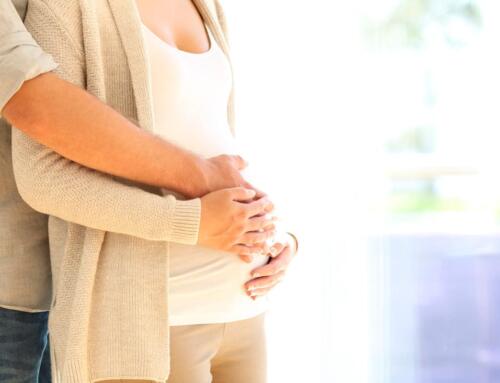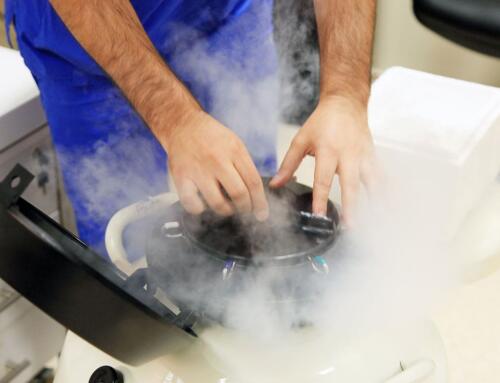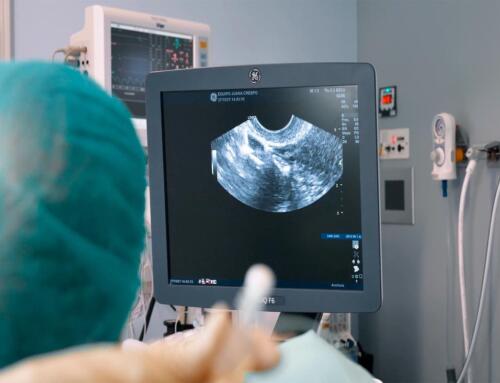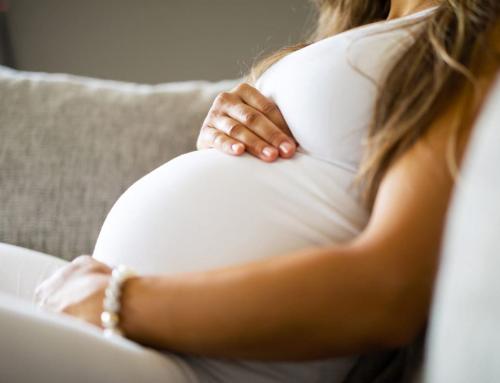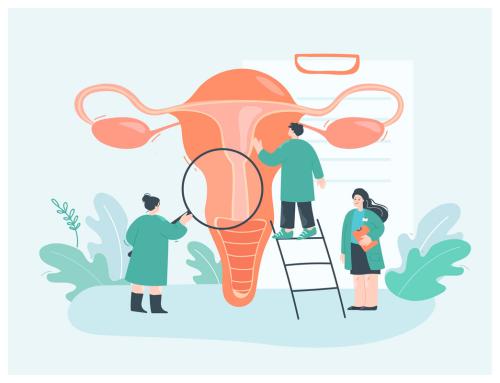At Equipo Juana Crespo we are experts in high complexity reproductive medicine. Therefore, we address all kinds of issues related to fertility problems in our blog.
In this article, we will talk about endometriosis and uterine adenomyosis. Two terms that are often directly associated and that can affect a woman’s reproductive capacity.
What is the difference between endometriosis and adenomyosis?
Endometriosis is a chronic, benign disease that causes endometrial cells to invade other reproductive organs (ovaries, fallopian tubes or vagina, for example) and also other nearby areas and organs (such as the intestine or other areas of the abdomen), impairing their function and potentially disabling them.
It occurs in 10-15% of women of childbearing age and is related to difficulties in conceiving (being one of the first causes of female infertility). Besides, of course, from affecting the quality of life of those who suffer from it.
In 10% of cases, endometriosis is associated with adenomyosis. In fact, its relationship is such that, in the field of gynecology and reproductive medicine, adenomyosis is also often referred to as internal endometriosis.
When we speak of adenomyosis, we are referring to the presence of endometrial tissue in the myometrium, the muscular layer of the uterus; responsible, among other things, for causing uterine contractions during childbirth.
In other words, just as endometriosis consists of the displacement of endometrial tissue, in most cases, outside the uterine cavity, causing inflammatory lesions in other organs, in adenomyosis, the displacement of these endometrial cells will only be towards the area of the myometrium. In other words, towards the central layer located between the outer layer of the uterus (also called the perimeter or serosa) and the endometrium (the internal mucous layer, which will form the small mattress in which, in the case of pregnancy, the embryo will be implanted).
The relationship between the endometrium and the myometrium is evident, although both layers are perfectly defined. Therefore, when part of the endometrial tissue is lodged in the myometrium, it can cause tumours inside the uterus (adenomyomas) that put a woman’s health at risk.
Why does adenomyosis occur?
Adenomyosis occurs in a much smaller percentage than endometriosis (just 1% of the female population). It is usually diagnosed in women over the age of 40 who have had one or more births. However, it can also occur in younger women without children, although this case is much more exceptional.
These are the most common causes of adenomyosis:
- The direct invasion of endometrial cells into the muscle that forms the uterine wall. Adenomyosis for this reason occurs when a previous uterine incision is made (cesarean section, curettage, hysteroscopy, etc.) which facilitates the growth and invasion of endometrial cells.
- The alterations in the development of the woman’s reproductive system. Some experts consider the possibility that this endometrial tissue of the myometrium is lodged in the uterine muscle since the fetus starts to form and that, with time, it develops causing tumors.
- Uterine Inflammation Associated with Childbirth. In some cases, the normal boundary of the cells lining the uterus is broken during delivery. This rupture makes it easier for endometrial cells to reach the myometrium.
Types of adenomyosis
Depending on its extent and location, adenomyosis can be either focal or diffuse.
Focal adenomyosis manifests itself in the form of localized tumors, while diffuse adenomyosis is the most common and affects a large part of the myometrium, causing the uterus to increase its size disproportionately.
On the other hand, and depending on the location of the endometrial tissue in the myometrium, a distinction can be made between superficial and deep adenomyosis.
Common symptoms and diagnosis
The usual symptoms of uterine adenomyosis are
- Dysmenorrhea (menstrual pain)
- Menorrhagia (too long or too many rules)
- Dyspareunia (pain with sex)
- Lower back pain
- Bleeding not related to menstruation (metrorrhagia)
- Anemia
Another obvious symptom of adenomyosis is, as we have already mentioned, the enlargement of the uterus. This fact, although it cannot be proven without a proper diagnostic examination, can manifest itself through pelvic pain and pressure in the lower abdomen. These two signs can warn you about this condition.
Diagnosis is not always easy. The symptoms of adenomyosis are nonspecific (some women may or may not have them) and may coexist with other pelvic diseases, making it difficult to diagnose.
At Equipo Juana Crespo, however, we are specialists in treating adenomyosis, as well as in its diagnosis. Our first medical visit, not only includes an in-depth interview and an anamnesis and fertility study, but also a complete gynecological examination that will allow us to make a personalized diagnosis. For this, some techniques we will use will be:
- The pelvic examination (to detect whether the uterus is larger than normal).
- Transvaginal ultrasound (to detect possible lesions in the myometrium).
If necessary, we will complete the diagnostic phase with the prescription of additional tests such as
- The magnetic resonance (to complete the information provided with the ultrasound).
- Diagnostic hysteroscopy or hysterosalpingography (to study the architecture of the uterine cavity and fallopian tubes and thus assess the state of the uterus in a much more detailed way).
Juana Crespo Treatments: How do they affect women’s fertility?
The growth of endometrial tissue is related to the amount of estrogen in a woman’s body.
Estrogens are one of the hormones that control menstrual cycles and the functioning of the female reproductive system. For this reason, contraceptive treatments or anti-oestrogen drugs can be effective in reducing the symptoms of this disease.
At Equipo Juana Crespo, in addition to personalising the medication protocols for each patient, we will continuously monitor their evolution during this stage, for the future success of the assisted reproduction treatment.
On the other hand, adenomyosis is a condition that can interfere with the circulation of spermatozoa and hinder the process of the embryo implantation. This is why our first medical visit is focused on obtaining a personalized diagnosis. Only through this diagnosis will we be able to determine, from the beginning, if this pathology has been responsible (even if only partially) for the possible difficulties of the patient in achieving pregnancy.
Finally, and depending on the size and extension of the lesions or tumours caused by the endometriosis, our medical team may advise a surgical intervention. This will be carried out in the hospitalisation area of the clinic by our unit specialised in reproductive surgery.
In 90% of cases, this surgery will be a minimally invasive intervention aimed at eliminating most of the lesions or possible tumours of the myometrium, repairing the uterine wall, as well as the reproductive function of the organ in question.
Are you interested in learning more about your reproductive health and fertility? Contact us and get your personalized diagnosis and treatment strategy now.



